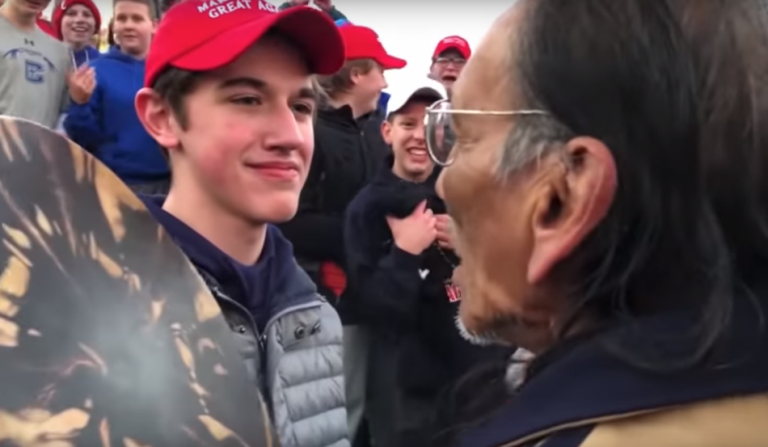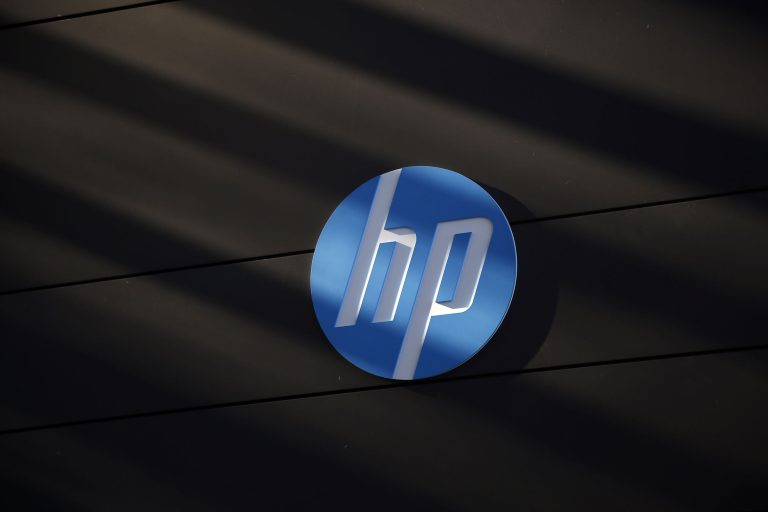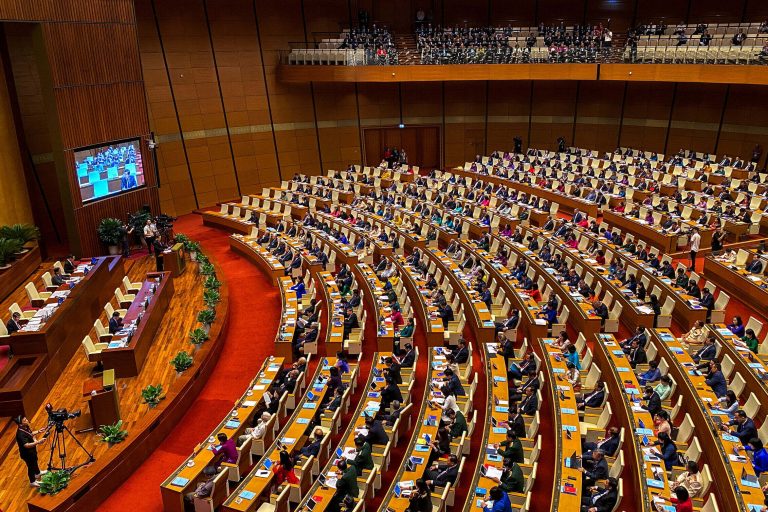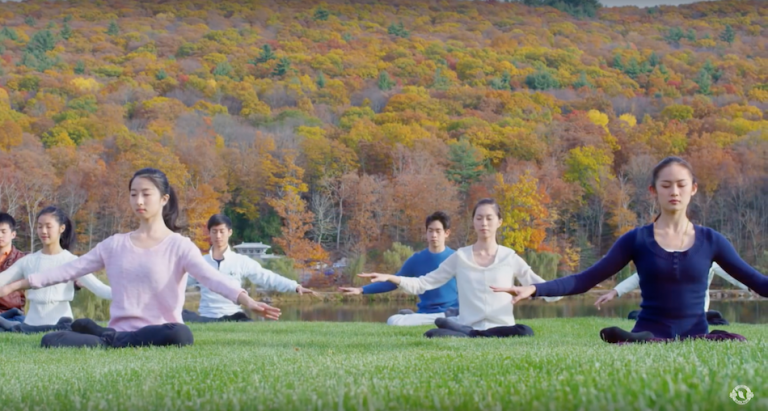The now infamous Jan. 18 incident at the Lincoln Memorial in Washington, D.C., involving the Covington Catholic High School boys and the Native American elder, Nathan Phillips, ignited a social media debate throughout the U.S. It has once again revealed the natural human instinct to jump to conclusions before all of the facts are known.
Nick Sandmann, age 15, was waiting for school buses at the Lincoln Memorial with other students from Covington Catholic after participating in a pro-life event when several members of the Black Hebrew Israelites religious group began shouting racial slurs and insults at the mostly-white youths. An initial short video emerged during the incident showing Sandmann, smiling as he stood toe to toe with Native American Nathan Phillips who was drumming and chanting.
The short video that was widely shared looked to be quite damning. It appeared to show a group of high school kids chanting at, and taunting, a Native American elder who was banging his drum, peacefully, as part of an Indigenous Peoples March. However, the video was shown without context, leading to an avalanche of social media criticisms claiming that Sandmann and his classmates were taunting Phillips. Many described Sandmann’s smile as a smirk and accused him of racism. In response, Sandmann and other students received online harassment and even death threats.
“People have judged me based off one expression,” Sandmann said in an interview with Today. “I wasn’t smirking but people have assumed that’s what [I did], and they’ve gone from there to titling me and labeling me as a racist person, someone that’s disrespectful to adults… They’ve had to assume so many things to get there without consulting anyone that can give them the opposite story.”
“I see it as a smile saying that this is the best you’re going to get out of me. You won’t get any further reaction of aggression, and I’m willing to stand here as long as you want to hit this drum in my face.”

“You won’t get any further reaction of aggression, and I’m willing to stand here as long as you want to hit this drum in my face,” said Sandmann in explanation of his expression. (Image: YouTube / Screenshot)
Success
You are now signed up for our newsletter
Success
Check your email to complete sign up
Sandmann was also initially misidentified as Andrew Hodge, another Covington student. “People then proceeded to spam my family with harassments and threats of physical violence.” Hodges wrote on Twitter. Online activists discovered his parents’ address and made it public, after which the family received harassment.
“[As] if that wasn’t enough, our family operated business has been slandered and attacked,” he wrote.
Early media reports included no comment from Sandmann or his school, which initially did not issue a statement. Instead, media outlets focused upon statements from Phillips, who maintained that he had stepped in an attempt to de-escalate the confrontation between the Covington students and the Black Hebrew Israelites. Phillips was also described by media outlets as a Vietnam War veteran, when in fact he described himself as a Vietnam-times (era) U.S. Marine veteran.
Early reports said that the students, who were wearing red “Make America Great Again” hats, had been chanting provocative slogans, such as “build the wall” — a reference to President Donald Trump’s campaign promise but the chant is not heard on longer videos which provided more context to a situation that initially seemed so clear cut.

Several members of the Black Hebrew Israelites religious group shouted racial slurs and insults at the Covington High School students. (Image: YouTube / Screenshot)
“Because we were being loudly attacked and taunted in public, a student in our group asked one of our teacher chaperones for permission to begin our school spirit chants to counter the hateful things that were being shouted at our group,” Sandmann wrote in a statement published over the weekend. “The chants are commonly used at sporting events. They are all positive in nature and sound like what you would hear at any high school.”
Covington Catholic High School said that it had been compelled to close the school temporarily and work with the police due to the volume of death threats in the wake of the incident. The school reopened on Jan. 23 with heightened security.
As a fuller picture of the story came to light, individuals who had initially criticized the Covington students subsequently issued apologies.
In an article published in The Atlantic, writer Julie Irwin Zimmerman said that the incident and its aftermath reflected a negative side of social media in today’s highly polarized political environment.
“If the Covington Catholic incident was a test, it’s one I failed — along with most others. Will we learn from it, or will we continue to roam social media, looking for the next outrage fix? Next time a story like this surfaces, I’ll try to sit it out until more facts have emerged,” she wrote.
Follow us on Twitter or subscribe to our weekly email







